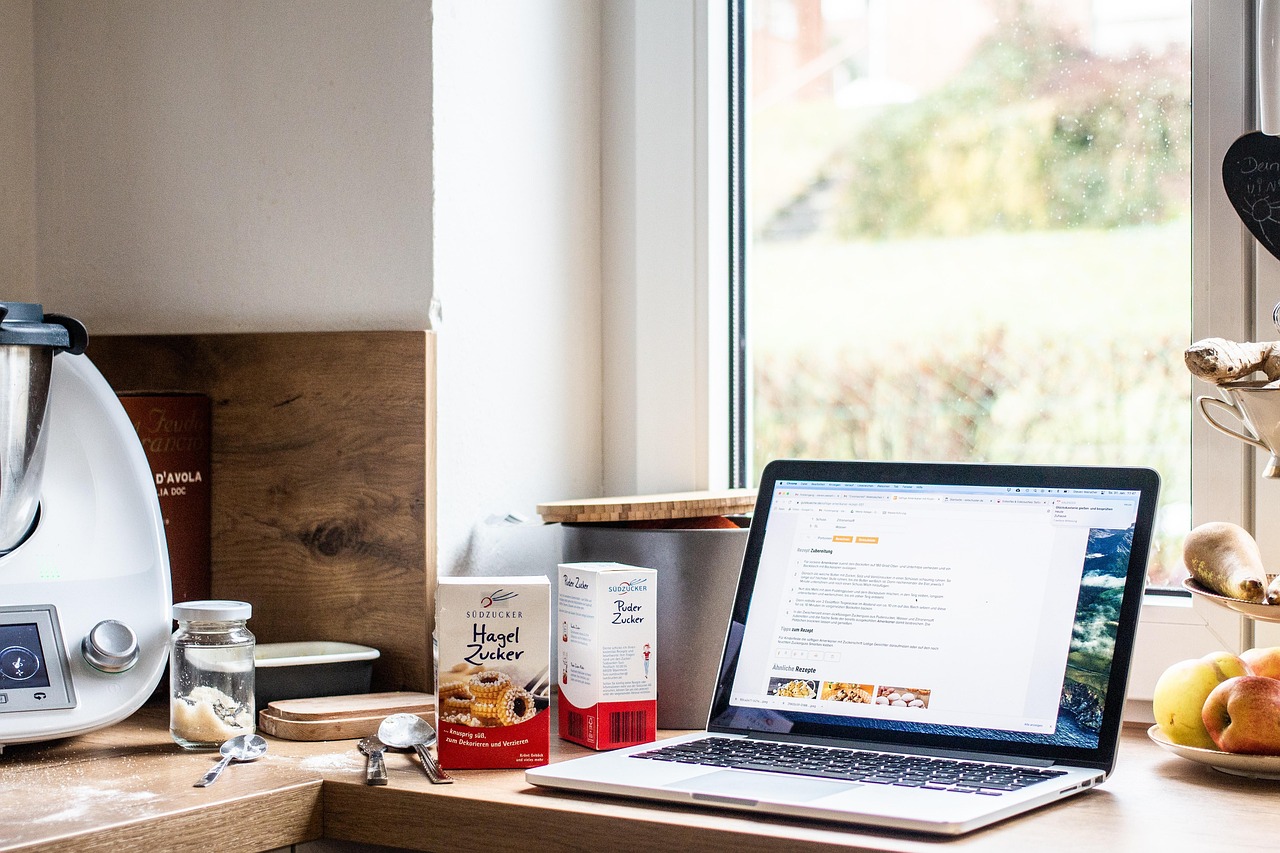
Many people turn to home cooking and “clean eating” as a way to manage weight and support metabolic health. But what if your favorite “healthy” recipes—those smoothie bowls, protein pancakes, and grain-based salads—are actually causing blood sugar spikes that sabotage your health goals?
Even wholesome-sounding meals can drive up glucose levels if they’re built without an understanding of glycemic impact. And for people managing insulin resistance, prediabetes, or type 2 diabetes, these hidden glucose surges can quietly fuel fatigue, fat gain, and inflammation.
Why “Healthy” Isn’t Always Low Glycemic
A meal can be low in calories, gluten-free, or plant-based and still cause sharp rises in blood glucose. Many trendy “health foods” rely on:
- Natural sweeteners like honey, agave, or dates
- High-glycemic carbs like brown rice, quinoa, or sweet potatoes
- Fruit-heavy smoothies or juices
- “Whole grain” flours and cereals
These foods are often digested quickly, leading to post-meal sugar spikes that may feel like an energy rush followed by a crash. Over time, these fluctuations can stress the pancreas and increase insulin resistance.
The Hidden Effects of Blood Sugar Spikes
When blood sugar rises rapidly, the body responds by releasing a surge of insulin. Repeated episodes can have long-term effects:
- Energy crashes and brain fog
- Cravings and overeating later in the day
- Weight gain, especially around the abdomen
- Increased risk of metabolic syndrome and diabetes
- Mood swings and irritability
What’s worse, these effects can occur even in people without diabetes. Monitoring your response to “healthy” meals can uncover patterns that no food label will reveal.
Examples of Common Offenders
Here’s a breakdown of foods and recipes that often appear healthy but can spike blood sugar unexpectedly:
- Acai bowls: Often topped with bananas, granola, and honey—all high glycemic.
- Overnight oats: Even without sugar, oats + fruit + milk = a glucose surge.
- Vegan protein bars: Sweetened with dates or maple syrup, lacking fiber or fat.
- “Power” smoothies: Blended fruits are absorbed faster than whole fruits, especially without protein or fat.
- Buddha bowls: Even with veggies, bowls built on rice or quinoa can raise glucose fast without balancing fats or proteins.
These meals aren’t inherently “bad”—but without proper macronutrient pairing, they can throw off your glucose balance.
Why Glucose Response Is So Personal
Emerging research shows that people respond very differently to the same food. Gut microbiome diversity, insulin sensitivity, activity levels, and even sleep can influence how your body reacts to a meal.
In a now-famous 2015 study published in Cell, scientists found that one person’s blood sugar might skyrocket after a banana, while another’s remained stable. This makes continuous glucose monitoring (CGM) or strategic self-tracking essential if you’re serious about blood sugar control.
Signs Your Meals Might Be Spiking Blood Sugar
Even without a CGM or glucometer, you can look for post-meal clues that suggest blood sugar instability:
- Feeling wired and then tired after eating
- Hunger or cravings within 2–3 hours
- Needing coffee or sweets to stay alert
- Afternoon crashes
- Irritability when meals are delayed
If you experience these frequently after your go-to “healthy” meals, it’s worth rethinking your ingredient balance.
How to Build Blood Sugar–Friendly Meals
To reduce the likelihood of blood sugar spikes, apply the “glucose-stabilizing” formula:
- Start with fiber: Non-starchy veggies (spinach, broccoli, zucchini) slow digestion.
- Add protein: Eggs, chicken, tofu, or Greek yogurt blunt glucose rise.
- Incorporate healthy fats: Avocados, olive oil, nuts, and seeds promote satiety.
- Be carb-conscious: Choose low-GI carbs like lentils or barley, and control portions.
- Eat in the right order: Eating veggies and proteins before carbs can reduce spikes.
Even your favorite dishes can become blood sugar–smart with small tweaks.
A Healthy Recipe Makeover Example
Let’s take a popular “healthy” breakfast: a banana-oat smoothie with almond milk and honey.
Original version:
- Rolled oats
- Banana
- Almond milk
- Honey
Revised, blood sugar–friendly version:
- Handful of spinach (adds fiber)
- ½ banana + chia seeds (reduce sugar, add fat)
- Protein powder (blunts glucose)
- Unsweetened almond milk
- Dash of cinnamon (glucose-lowering properties)
The new version is richer in fiber, protein, and fat, which helps slow glucose absorption and keep you full longer.
Final Thoughts
Blood sugar spikes don’t just affect diabetics—they’re central to energy, mood, and long-term metabolic health. If your healthy recipes are leaving you hungry, tired, or moody, your glucose may be to blame. With simple meal structure changes, you can enjoy your favorite foods while supporting stable blood sugar, better focus, and consistent energy levels throughout the day.
You don’t need to ditch your clean eating lifestyle—just learn how to balance it better.
FAQs
Can smoothies spike blood sugar even if they’re made with fruit?
Yes. Blended fruit is digested faster than whole fruit, often causing blood sugar spikes unless balanced with protein or fat.
How do I know if my meal is raising my blood sugar?
Watch for symptoms like crashes, cravings, or fatigue within 2–3 hours. Using a glucometer or CGM provides even better insight.
Are whole grains like oats and quinoa safe?
They can still spike blood sugar if eaten in large portions or without protein/fat. Portion control and meal pairing help.
What’s the best time to eat carbs to reduce spikes?
Eating carbs after fiber and protein, and ideally post-exercise, helps reduce blood sugar response.
Should non-diabetics worry about blood sugar?
Yes. Chronic blood sugar fluctuations can lead to insulin resistance, fatigue, weight gain, and even prediabetes.
